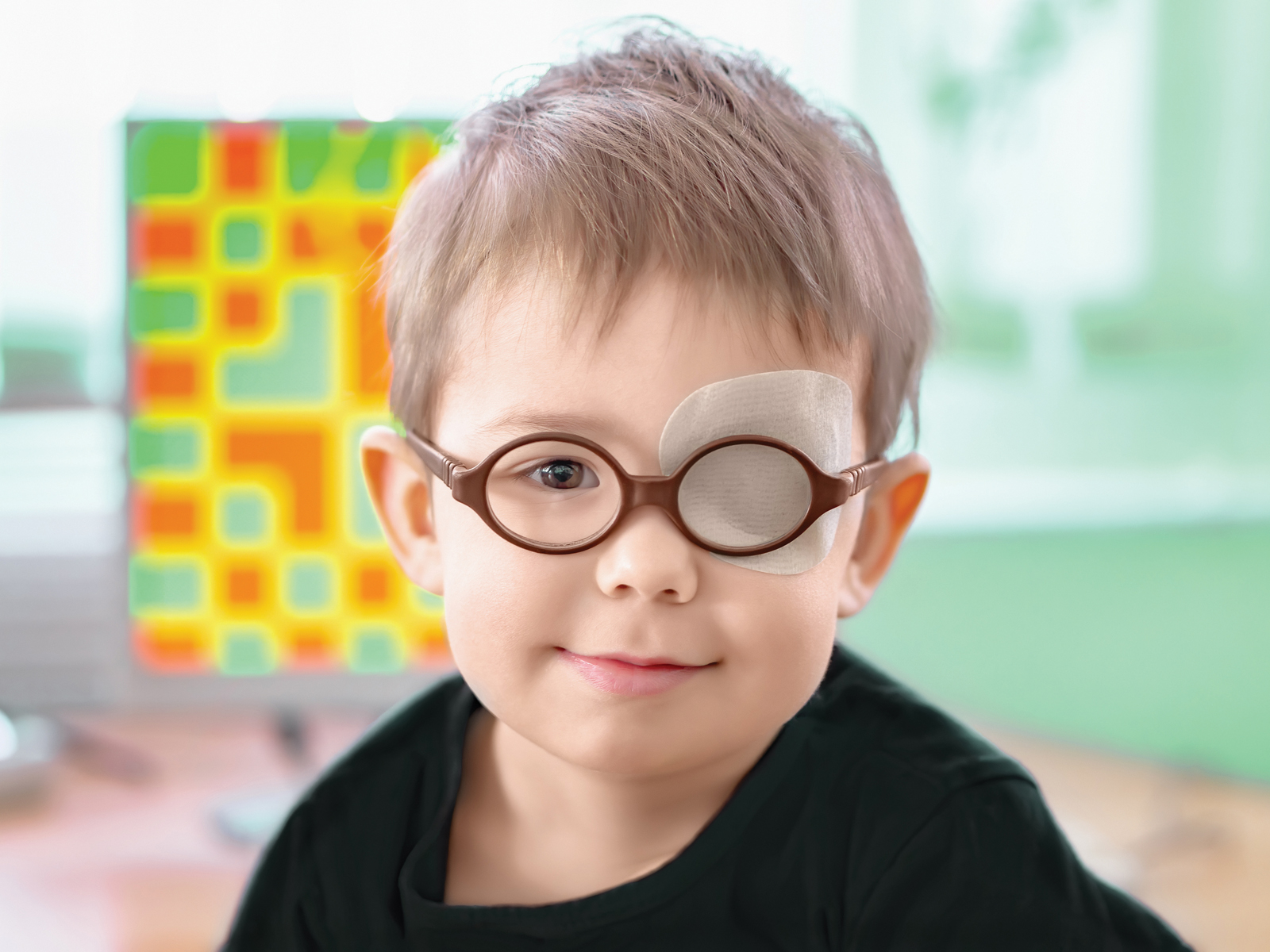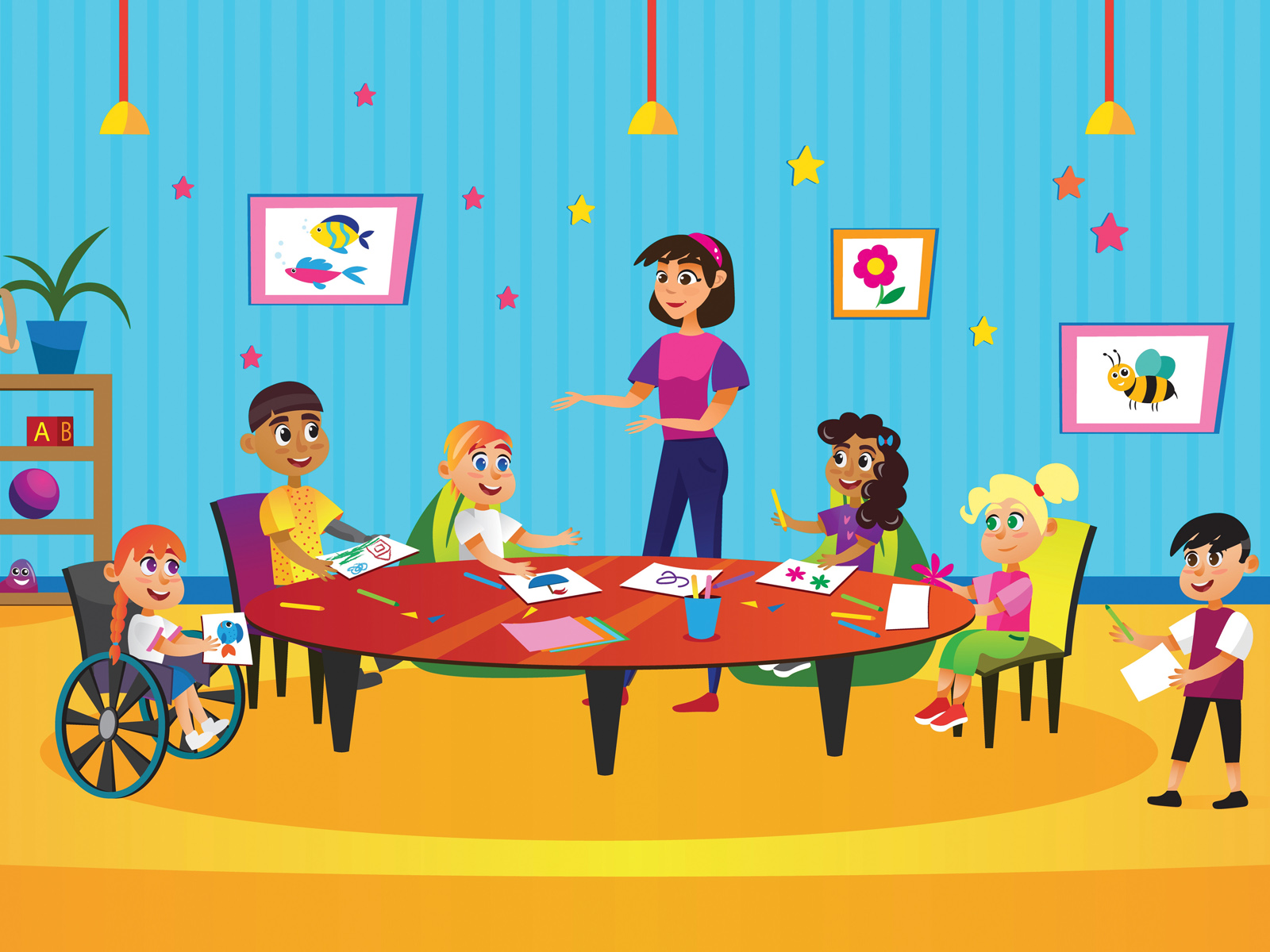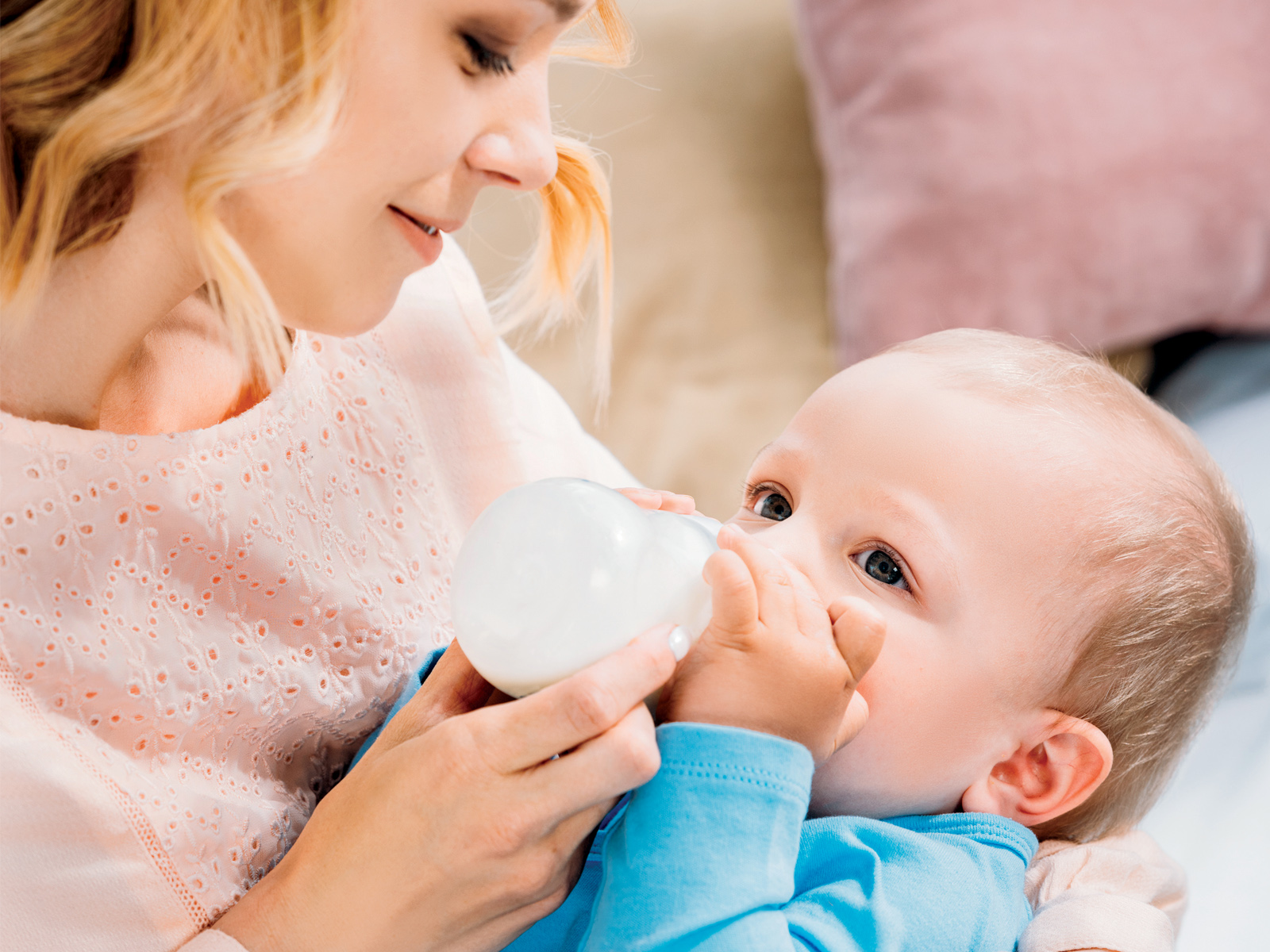By Dr. Vivian Hill
Accidents can happen. Each year, many children end up in the emergency room with toy-related eye injuries that might have been prevented.
It’s easy to get carried away with flashy toy purchases in the excitement of birthdays and other celebrations. However, adults should be aware of the hazards certain toys carry before they put them in their shopping bags. In a 2021 survey by the Canadian Ophthalmological Society, Canadians were asked if eye-safe toys are even considered when purchasing toys and only 29 per cent of those surveyed said that these features are something they look for.
To reduce the risk of minor or serious eye injuries during play time, here are a few things to consider:
1. Learn about and avoid high risk toys
If a child misuses a toy, it has the potential to cause some serious eye injuries, including corneal abrasions, internal ocular bleeding and bruising. In more serious cases there can be permanent loss of vision, chronic pain or even loss of an eye. For this reason, eye care specialists recommend avoiding certain toys such as lasers, sharp toys, aerosols like silly string, and flying or projectile toys, especially if safety glasses are not worn.
2. Follow age recommendations
To ensure the safety of your child, it’s crucial to follow the age recommendations on labels and select gifts that are appropriate for the child’s age and abilities.
3.Consider protection
For sports-related toys, it’s a good idea to include protective eyewear to help if toys are unexpectedly aimed towards the face.
4.Has it been inspected?
Has the toy been approved by the proper regulatory bodies, including the Canada Consumer Product Safety Act (CCPSA), Canadian Standards Association (CSA), or the American Society for Testing and Materials (ASTM)?
During the pandemic, more purchases have been made online, so it’s buyer beware. Be sure to read the box once the product arrives to ensure the listing description is accurate and safe.
5.Treatment considerations
If your child suffers from an eye injury, the treatment depends on what the injury is and how severe it is. To help guide parents on how to determine the next steps, the Canadian Ophthalmological Society has outlined common eye injuries and what action to take for each:
• Eye scratches and corneal abrasions: Most of these injuries are minor and will heal on their own within a few days to a week, but it’s still a good idea to visit an eye doctor. If your child appears to be in pain, keeps one eye closed, shows redness of the eye or eyelid or complains of blurry vision, it’s important to see an eye doctor. Young children or non-verbal children won’t typically complain about vision loss or pain so it’s important to monitor your child closely for any changes.
• Hits or blows to the eye: A black or red eye, persistent pain, or any changes in vision—even after a slight blow—warrant a visit to the eye doctor or emergency room.
• Eye cut or puncture: If there is a cut or puncture, see your eye doctor or get medical attention right away. In the meantime, to prevent further trauma, place a protective shield over the eye or a pair of glasses. This could be a paper cup taped to the skin around your eye—but be careful not to press or rub the shield directly against the eye and refrain from using an eye patch as that might put too much pressure on the eye.
For younger children a parent/guardian needs to monitor the child to avoid the risk of further damage caused by accidental rubbing of their eye.
To learn more about eye injuries, including their diagnosis and treatment, visit seethepossibilities.ca.
Dr. Vivian Hill is the Chair, Council on Advocacy at the Canadian Ophthalmological Society. Dr. Hill practices ophthalmology in Calgary with special interest in pediatric ophthalmology, strabismus, and retinopathy of prematurity.














